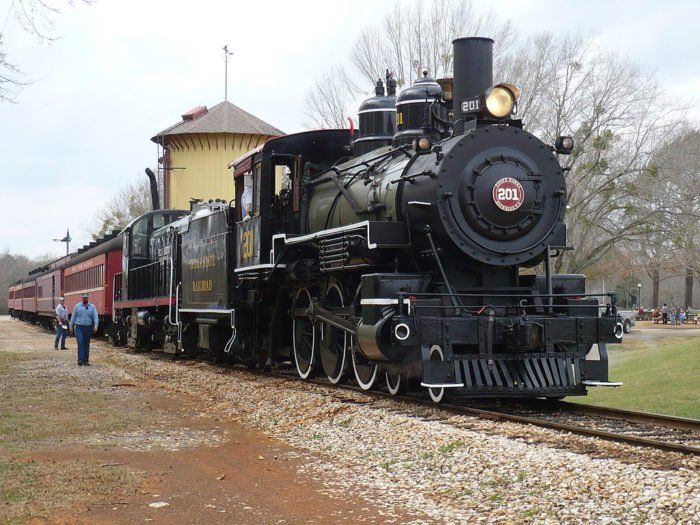Table of Contents
WRECKS AND DISASTERS
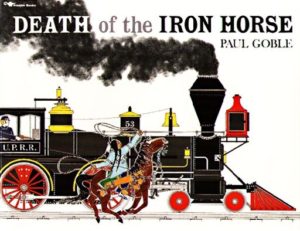
|
Paul Goble’s distinctively illustrated picture-book The Death of the Iron Horse (Bradbury, 1987) is the true story of a band of young Cheyenne warriors who, on August 7, 1867, derailed a Union Pacific freight train – the fearsome Iron Horse, that breathed smoke and had a voice like thunder. For ages 5-9. |
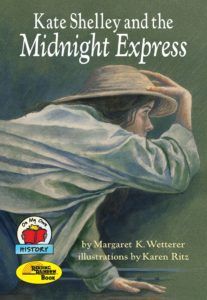
|
Kate Shelley and the Midnight Express (Margaret K. Wetterer; Carolrhoda, 1991) is the brave and true tale of young Kate Shelley who saves the Midnight Express from disaster when, during the Mississippi Flood of July, 1881, the railroad bridge over Honey Creek breaks. An exciting bit of history for ages 6-10. |
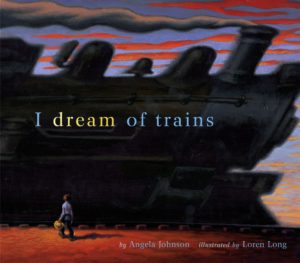
|
In Angela Johnson’s award-winning I Dream of Trains (Simon & Schuster, 2003), a young black boy, working in the cotton fields near the railroad track, dreams of trains and of his hero, the legendary engineer Casey Jones. When Jones is killed in a train collision, he worries that his dreams are over – until his father wisely explains that “there’ll be other trains,” reassuring him that someday he’ll be able to leave and find his place in the world. For ages 5-9. |
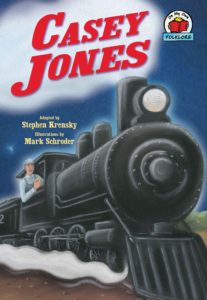
|
Stephen Krensky’s Casey Jones (First Avenue Editions, 2007) in the On My Own Folklore series is the story of the train engineer who became a folk hero when he managed to save all his passengers when the Cannonball collided with another train. For ages 7-10. |
| History reports that the train wreck may have been all Casey’s fault. See an alternate account of the story here.
Listen to Johnny Cash’s Casey Jones on You Tube. |
|
| Check out the world’s 8 Most Amazing Train Wrecks. (Casey’s Cannonball isn’t one of them.) | |
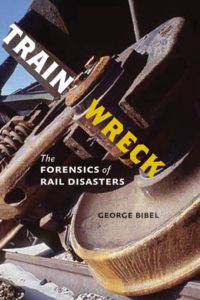
|
George Bibel’s Train Wreck: The Forensics of Rail Disasters (The Johns Hopkins University Press, 2012) is an analysis of crashes for the seriously interested. Chapter titles include “How Trains Crash, Then and Now” and “Gravity: It’s the Law.” For teenagers and adults. |
HISTORICAL TRAINS
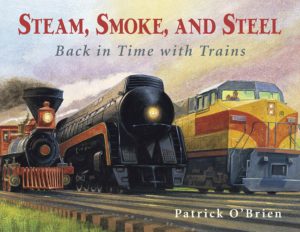
|
Patrick O’Brien’s Steam, Smoke, and Steel: Back in Time with Trains (Charlesbridge Publishing, 2000) is a lovely picture-book story of trains, as a boy traces his family history on the railroad from his several-times-great-grandfather on. |
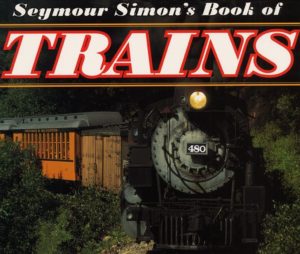
|
Seymour Simon’s Book of Trains (HarperCollins, 2004) pairs full-page color photos of trains with an informative text. For ages 6-10. |
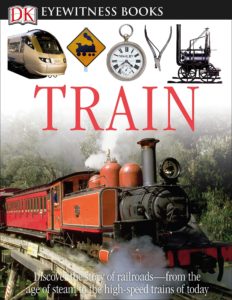
|
In John Colley’s Train (Dorling Kindersley, 2009), one of the volumes in the Eyewitness series, each double-page spread covers an aspect of trains in chronological order, from the first railroads through the trains of the future, all illustrated with wonderful prints and photographs. Learn about steam trains, electric trains, royal trains, and locomotive record breakers. For ages 7-11. |
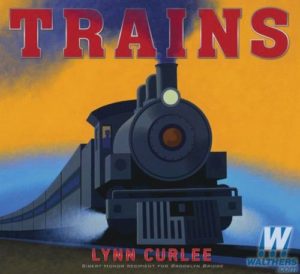
|
Illustrated with gorgeous paintings and diagrams, Lynn Curlee’s Trains (Atheneum, 2009) is a 48-page history for ages 8-12. |
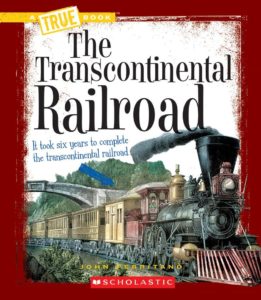
|
John Perritano’s The Transcontinental Railroad (Children’s Press, 2010) is a nicely designed short chapter book – illustrated with photos, drawings, maps, and prints – about the building of the famous cross-country railroad, a project that enlisted 20,000 workers and took from 1863 to 1869. Included are resource lists, a page of “True Statistics,” and a glossary. For ages 7-11. |
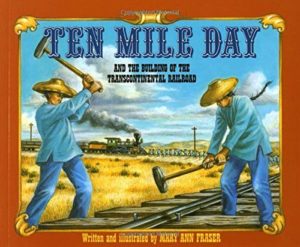
|
Mary Ann Fraser’s Ten Mile Day (Square Fish, 1996) – illustrated with paintings and peppered with informative sidebars – is a history of the transcontinental railroad centering around the record-making day when 10 miles of track were laid (the result of a $10,000 bet). For ages 8-11. |
| From Legends of America, The Railroad Crosses America is a collection of railroad lore, historical accounts, quotations, and vintage photographs. | |
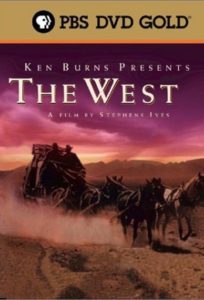
|
“The Transcontinental Railroad” is an episode in PBS’s eight-part documentary, The West. See classroom resources here. |
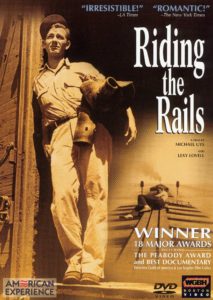
|
From PBS’s American Experience series, Riding the Rails is an account of the Great Depression, when hundreds of thousands of teenagers became hobos, crossing the country by illegally hopping on freight trains. See a teacher’s guide here. |
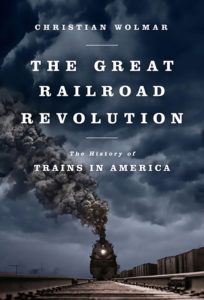
|
Christian Wolmar’s The Great Railroad Revolution is a history of American railroads beginning in the 1830s when the our very first railroad line, the Baltimore & Ohio, opened. For teenagers and adults. |
